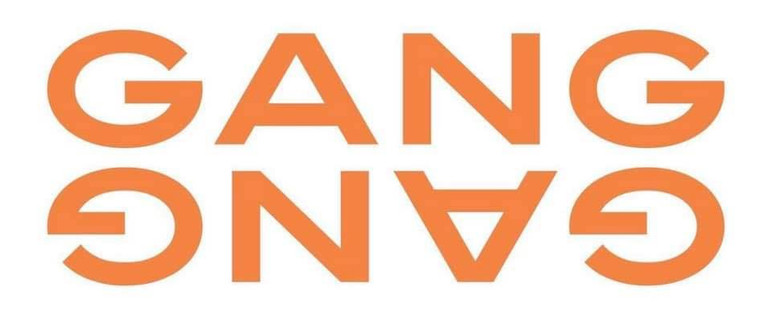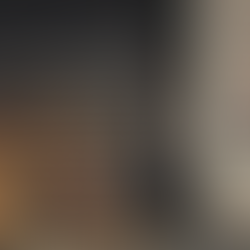Black NAPaissance: It's Bigger Than Just a Circle
- Januarie York
- Feb 20, 2022
- 3 min read
Updated: Feb 23, 2022
Indianapolis, Indiana is home to some of THE dopest artists in the country.

While every major city and even the smaller ones have adopted this same mentality and rightfully so, it just seems that middle-of-America-Indiana's borders happen to hold some exceedingly gifted people who don't always get their just due. The Black arts scene in Indianapolis has gone through the ups and downs, highs and lows that every scene experiences at some point. There have been times when support was lacking and the empty shells of open mics and music venues whispered ghost stories when you drove by their closed doors. Black art has seen its fair share of struggle in our beloved Naptown. But not for a second did our city lack talent.
Even when no one was paying attention except the ones in "the know", our artists have never stopped creating and growing. The scene here is thriving with musicians, playwrights, actors, singers, dancers, and writers. Poets were creating small hubs inside of their homes reminiscent of Ft Greene, Brooklyn in the 90s, gathering writers and artists for jam sessions and workshops that would last well into the night. Singers freestyle with hip hop artists, who double as professional tattoo artists and sketch masters. Bands are created from a love of Blackness, authenticity, and the collection of bridging genres together. It's beautiful outside; please go take a look.
This is a historical time in Indianapolis for Black arts. While the city has always been thick with gifts flowing from as far back as the first days of Indiana Avenue, right now we are in the season of total abundance. Our Indianapolis Black Renaissance is taking place right before our eyes and it's booming with success, Black dollars, and art. Here, in our city of circular motion, Black artists are reclaiming and dominating their space in history. Collectively, they are pushing back against any atrocious concepts that threaten Black well-being. The canvases' have grown larger and the concepts more in-depth. The call for truth, light, and freedom for the Black community is ever-present and unapologetic. Knowledge is not only being sought but shared. As are stages and arenas, platforms, and podcasts.
Through workshops, shared spaces, meetups, and collectives, the Black artists in Indianapolis help keep art exciting and refreshingly honest. A strong example would be The 18 Art Collective. Made up of the 18 artists that participated in the Black Lives Matter mural that was painted on Indiana Avenue for over a year, rather than dismantle after a day's work (figuratively speaking), they 'collectively' decided to stick together, incorporate, and become partners. They've since been showcasing their collective work, facilitating workshops, and teaching art, including a 3-month mentorship program they offered for young artists. They've had several ongoing exhibits and are currently one of the featured artists at the 34th Annual Meet the Artist showcase.
Some of the similar traits possessed by the renaissance movers and shakers as they dominated the streets of Harlem are being inadvertently replicated here. Maybe it's the current state of society or maybe we finally grew tired of being talked about as if Indiana hasn't been poppin' since The Avenue fell into gentrification's belly; whatever the case,
the city can no longer overlook the presence of Black artists. As much as they may hide or turn their faces away, the artists are still creating. Murals are going up. Poems are being showcased. The dancers are leaping and the buildings are shaking in applause. Artists are becoming masters at one craft while learning and trying new ways to freely express themselves. It's not that we've arrived; we've always been here. We never left. We never begged for attention. We just stood tall and began to see the value in connecting with each other, reintroducing the bartering system, and exercising our right to create the environments we want to see (See Butter: A Black Fine Arts Fair).

We owe the history being made right in front of us to document what we are seeing, experiencing, and contributing to. After all, if we leave it to others to be told, it will either go unheard or misrepresented.
There is freedom in expression and that IS a double entendre. Black Nappaisance has arrived for the culture - but not to introduce ourselves. We're here to claim our due. The ages range. The faces change. The hue of Black is never the same. The chosen mediums are all different, but memory will remember our names.
-jYork, #IndyKeepsCreating
NOTE****: This article appears in the February Double Issue of the FLD Report for Ujamaa Bookstore. To sign up to receive the monthly newsletter, please leave your name and email in the comments. Form coming soon.


























Keondra Atwater
mskeondraatwater@gmail.com